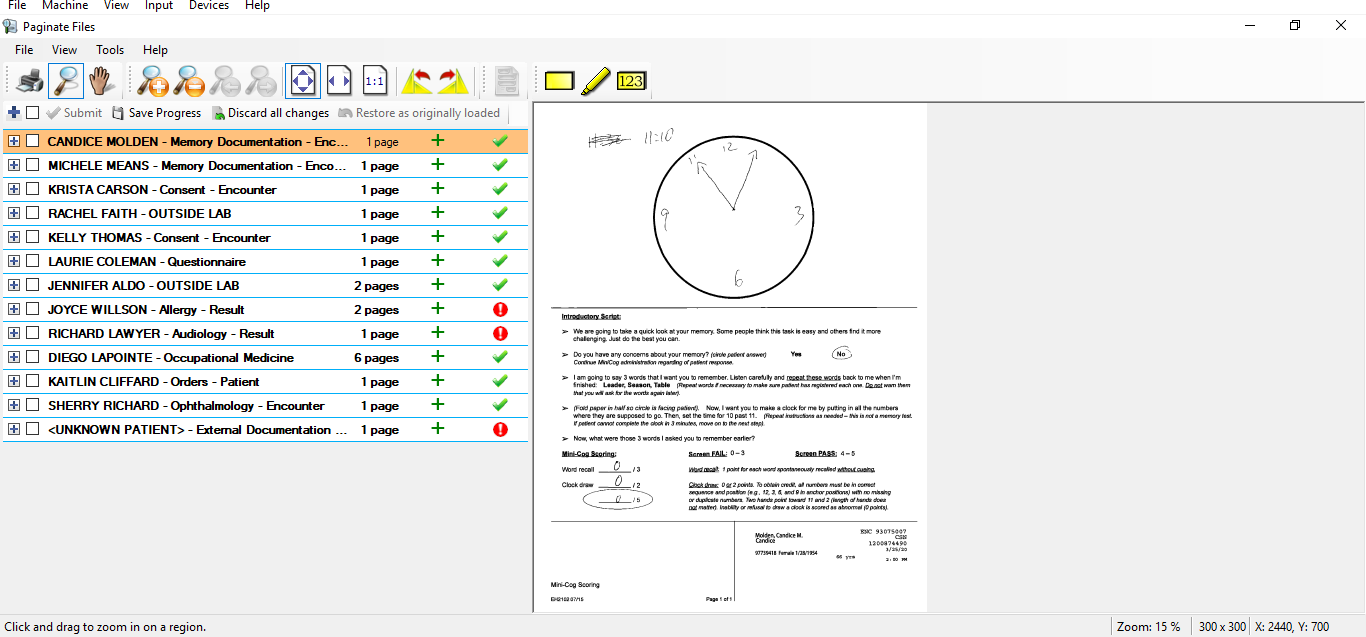Over the last 18 months I’ve had existing customers and new prospects ask how our technology can help automate their current mailroom workflow. In some cases, it is specific documents like invoices, purchase orders, land records, or court documents. In other cases, it is a wide range of incoming paper documents. What is driving these inquires, in many instances, is the organization’s current process involves on-site employees opening the physical mail, categorizing, and hand delivering the hard copies to the various departments.
Digital mailrooms have been around for 30 years, so they are nothing new. E-recording and e-filing percentages have continued to grow for our government customers over the last 15 years, but the pandemic has caused many organizations to explore how to take their mailroom to the next level using artificial intelligence (AI) and Machine Learning (ML).
Digital mailrooms are much more than just scanning paper documents and sending to an internal email address or network share. There needs to be a process to route documents through the workflow steps, and then archive the record. Digital mail needs to be identified with metadata and securely stored with limited access only to authorized employees for the required document retention period.
Classifying documents is a great use for AI/ML. Whether you have a small number of documents, want to classify by department only, or have hundreds of documents -- ML models can be created and trained to quickly recognize document types with a very high level of accuracy. Once you have classified documents you can capture key pieces of meta data that allows your organization to route to a dedicated workflow or pass to a downstream system.
It is inevitable there will be a need for some documents to be rejected. Your organization needs to define a process to handle mailings not meeting the minimum requirements. Other considerations are does the solution have a way to identify and flag duplicate documents? Can the system identify multiple documents within a larger image and separate into smaller individual documents without barcodes or separator sheets? Does the solution provide analytics to show how effectively documents are being classified or the accuracy of the metadata being captured? Will the system continue to improve over time? Can you train the system on new document types? Is the software scalable to handle peak volume requirements in a timely manner?
From a vendor perspective it is important to understand how they are to work with. Does their solution allow for easy integration with your existing application(s)? A digital mailroom should reduce your operational costs, the time to process documents, and enhance the overall customer experience.
Here at Extract we offer both auto-indexing and redaction software and services.
An example screenshot of Extract’s pagination functionality
If you would like to learn more about Extract’s technology, how it is currently being used and how it could work for your organization please reach out.
About the Author: Troy Burke
With 30 years of experience providing clients with stellar service and strategic solutions for growth and development, Troy is committed to ensuring his customers receive the highest quality solution, training and support with every implementation. He frequently speaks on the topic of redaction and is actively involved with National Association of Court Management, Property Records Industry Association and several other government organizations.


